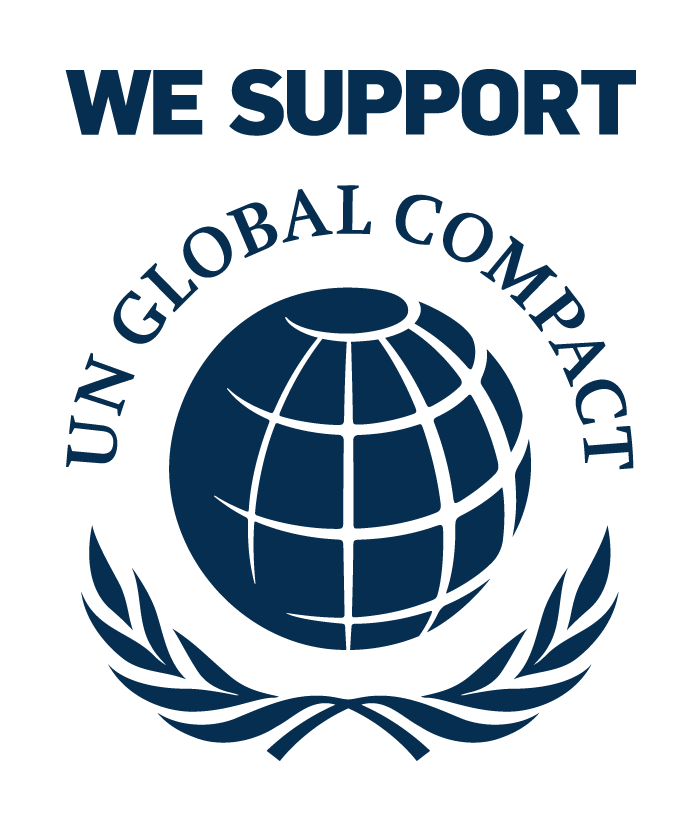
We offer a strategic viewpoint for the interpretation of sustainability in its entirety, but also technical tools, both traditional and innovative, for measuring the impacts of products and services.

We reserve this to each of our customers, with the awareness that every reality has its own different needs, availabilities, and potentials.

In order to distinguish oneself from those who interpret sustainability solely as a trend to ride, adopting a serious approach based on internationally recognized methods is essential.
This is the first step towards making an organization more sustainable. Determining a strategy, either general or regarding a specific aspect such as the carbon strategy, allows to proceed step by step with coherence and efficiency.
Corporate sustainability cannot exist without the measurement of an organization’s impacts. Amongst the many tools we our clients have at their disposal are carbon and water footprints, life cycle costing and social life cycle assessment.
Communicating ESG themes requires specific expertise: through sustainability reports, the new CSRD, and consultancy on traditional tools we are able to guide your way on a greenwashing-proof journey.
Eco-design and circularity indices are only two of the services we offer clients who want to distance themselves from a lineal production model.
What does taxonomy mean? We start here in assisting you in the assessment of your activities’ eligibility and alignment, supporting you furthermore in reporting for financial stakeholders.

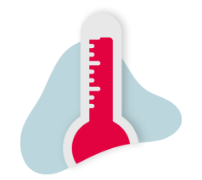




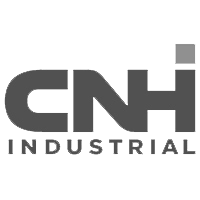



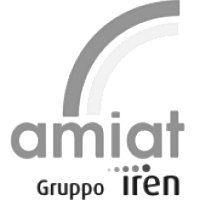
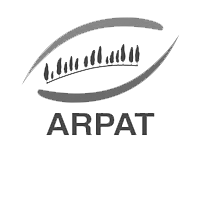
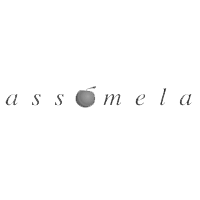
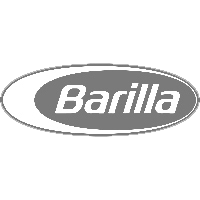
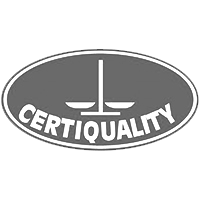
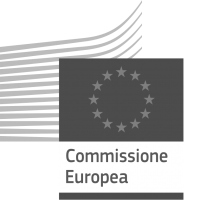
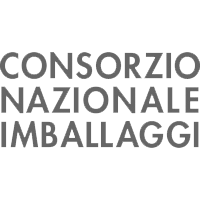

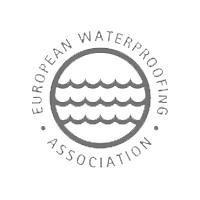
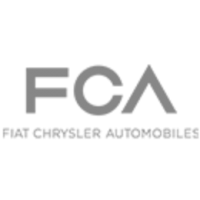
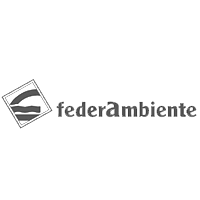
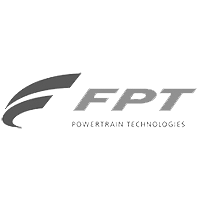
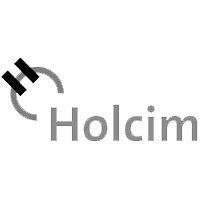

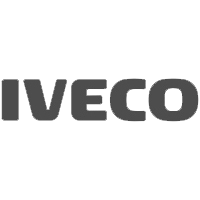
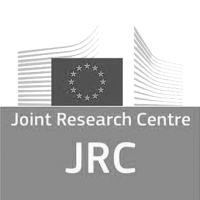
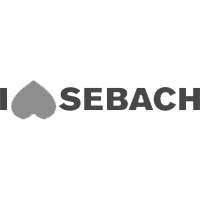
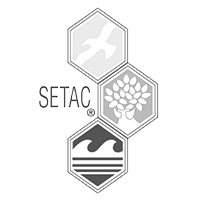

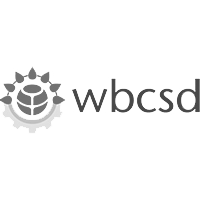

The path to follow to reduce consumption of natural resources and allow future generations to enjoy quality of life for as long as possible.
The process of considering a product’s environmental impact, not only in the short term, but throughout its entire life – from raw materials to final disposal. A “long view” as opposed to environmental short-sightedness.
An economic model which puts sustainability at its centre, where products are modular and recyclable and waste products from one part of a cycle become resources for the next. An approach we have been developing for many years which is now an EU policy.
This is our specialization; the diversity, abundance and variability of living organisms - flora, fauna, ecosystems and the natural environment and also social relationships, identities and traditions. We are all a part of this.
The design of products and services which have low consumption and reduced environmental impact whilst also being durable, reusable and recyclable. In other words: product design with the future environment in mind.
A term sometimes associated with “networking”. However, for us it is the creation of sustainable development models which are integrated into a territory. The design and evaluation of the relationship between all components of the supply chain within a territorial system. The basis for a circular economy.
Life Cycle Assessment; one of the key acronyms in the field of sustainability. LCA is a method to assess the environmental impact of a product or service throughout its entire life.
Life Cycle Costing is closely related to LCA; it is a method for evaluating direct and indirect costs of a product or service taking into consideration all the stages of the life-cycle.
These are the systems which an organization uses to communicate their environmental commitment and results in an objective, coherent and relevant manner.
Environmental Product Declaration is a verified and registered document that communicates transparent and comparable information about the environmental performance of a product or service.
These are two methods developed by the European Commission which evaluate the environmental impact of organisations and products.
A widely used term which expresses the quantity of greenhouse gas emissions a product, service or organisation produces throughout its life-cycle.
Shows how much fresh water (expressed in litres) a service or organisation consumes or degrades during its life-cycle.
This term is part of the Environmental Footprint family and expresses how many square metres of nature are required to support a population. If a population or economy does not have sufficient land, it will use that of another...
Expresses the impact of a product, service or organisation on the social conditions of its stakeholders.
This is another important term in the field of sustainability and is the key tool adopted by the European Union to reduce greenhouse gas emissions within the most polluting industrial sectors.
These are actual physical labels which, when applied to products, identify their compliance to environmental sustainability criteria. The most common is the EU Ecolabel (or EU Flower), a stylised daisy, surrounded by stars representing the member states.
The strategy an organisation integrates into their management structure which takes into account the natural environment, biodiversity, social commitment, impact on stakeholders and local communities and respect for human rights.
A term which expresses the process an organisation employs to involve all interested parties (stakeholders) such as, institutions, local communities, employees etc, in order to understand the issues which matter most to them. Stakeholder engagement is essential during the drafting of Sustainability Reports.
This is published yearly by a company or organisation (not all, as yet) in order to present, in a transparent way, how sustainability is managed within the organisation, its strategies, results achieved and relations with stakeholders.
The strategies and tools a company or organisation utilises to clearly and objectively communicate their environmental responsibility, commitment and performance. Because implementation and communication go hand in hand.
Software application which allows the collection, processing, management and communication of data required for certification, product and footprint declarations and sustainability reports.
A graphical presentation of a product’s environmental performance throughout a part of its life-cycle. This may be from cradle to gate i.e. from its creation to its exit from the production site.


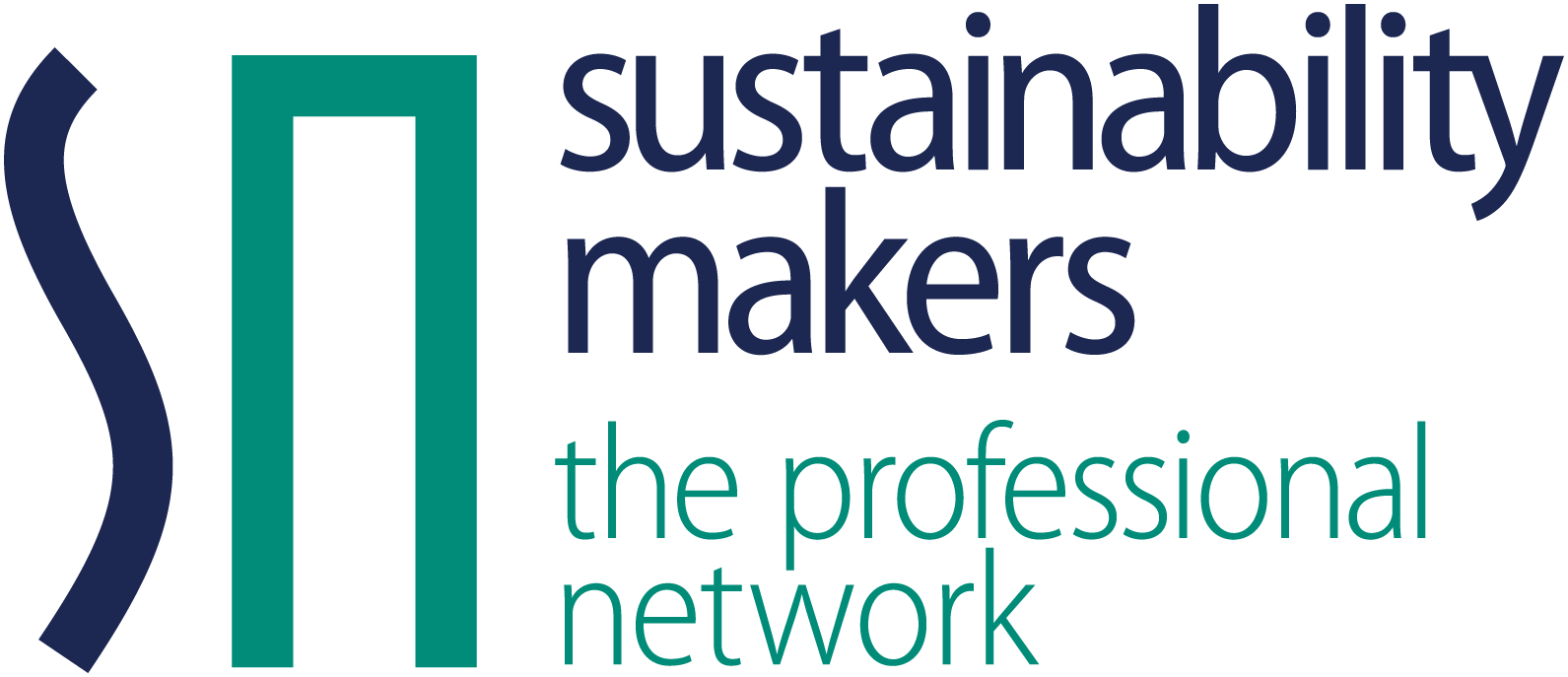
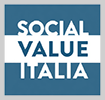
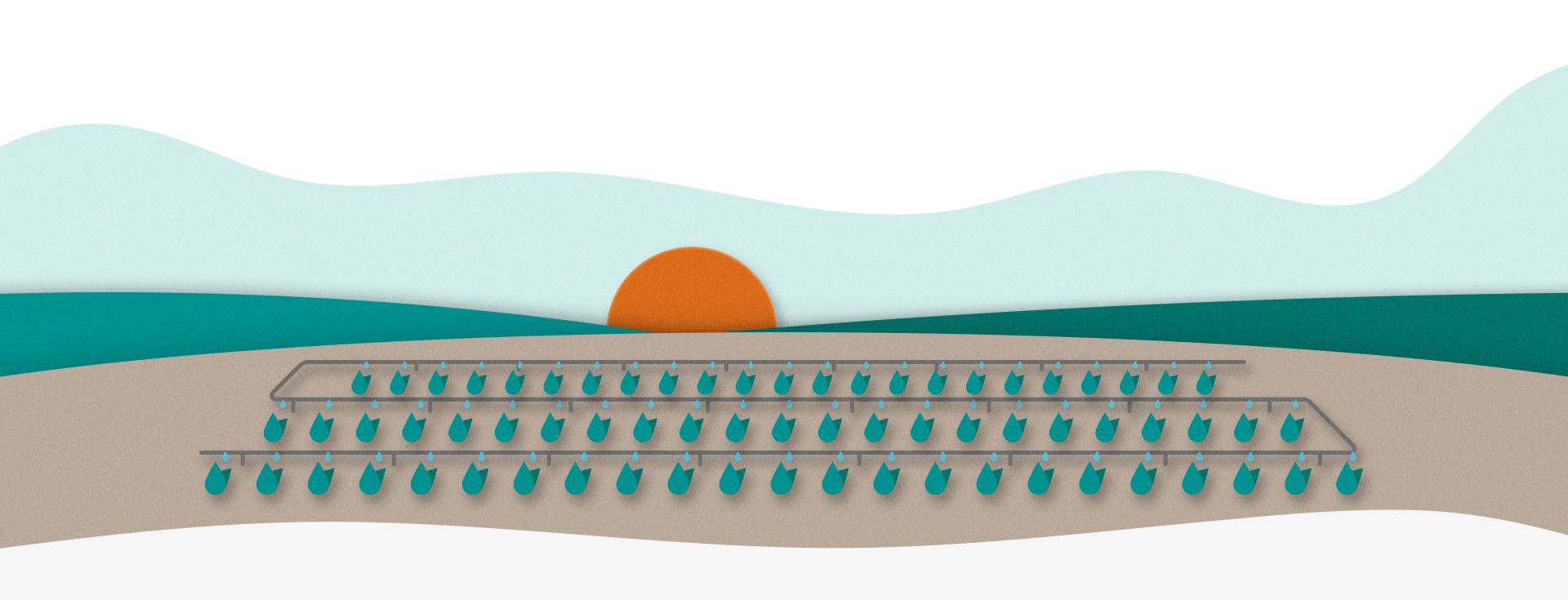

Studio Fieschi & soci Srl
Single Member Company
Company subject to the management and coordination of Tinexta S.p.A.
Studio Fieschi & soci has an internal reporting system in compliance with the requirements of Legislative Decree No. 231/2001 and Legislative Decree No. 24 of 10 March 2023, implementing EU Directive 2019/1937 on the protection of persons who report breaches of Union law.
In particular, in compliance with the provisions of the Decree, Studio Fieschi & soci employees and persons who, for various reasons, have relations with the Company (by way of example: consultants, suppliers of goods and services, agents, contractors, business partners, shareholders, trainees, volunteers) may be subject to reporting:
Reports can be made through a dedicate platform, accessible at this link which guarantees the confidentiality of the reporter’s identity and the information contained in the report through encryption systems.
Instructions for reporting can be found at the following link.
Torino
C.so Vittorio Emanuele II, 18
10123 Torino, IT
Venezia
Dorsoduro, 3441
30123 Venezia, IT
